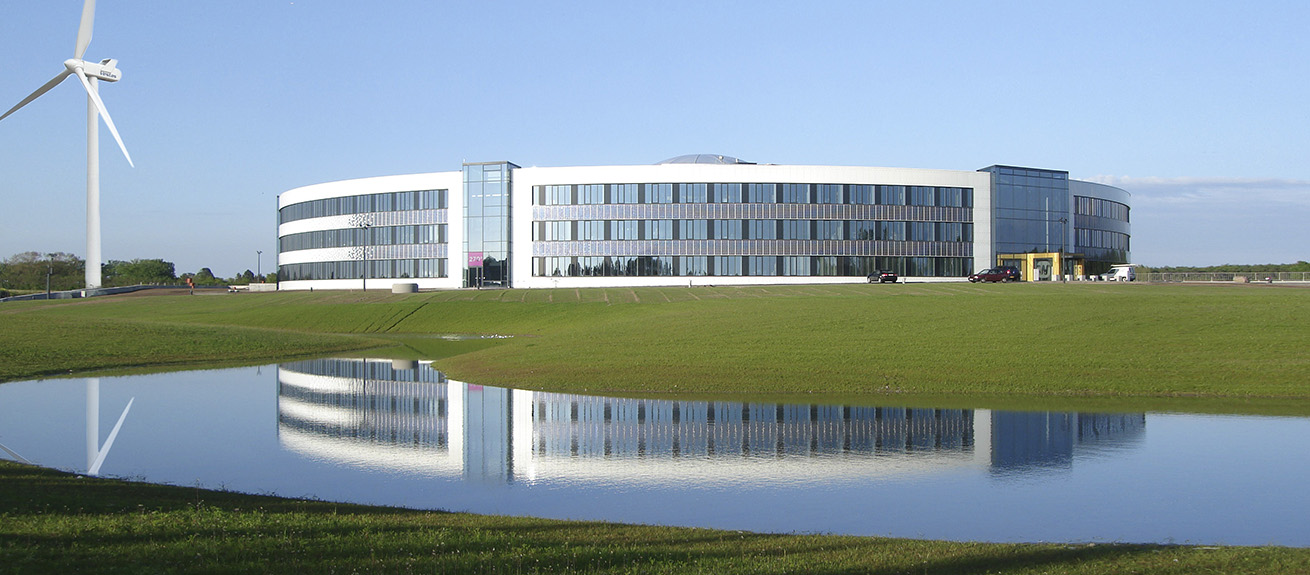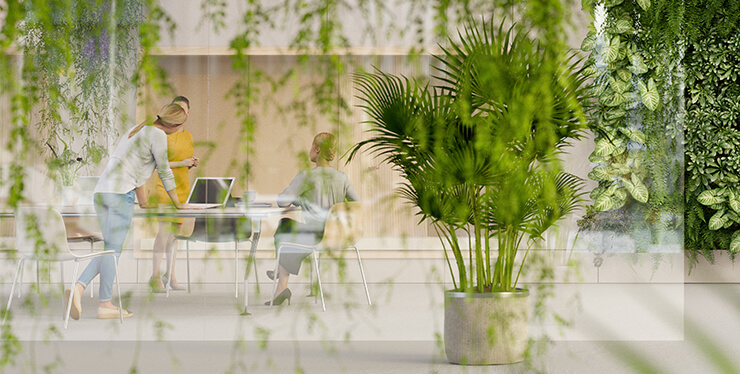
Innovation & sustainability: Become the change you wish to see
Innovation is not just for start-up firms. We often hear about the need for executives to ensure the business is equipped for change, including unexpected developments, such as disruptive innovations. The best way to counter change is to become the very disruption which might threaten your company, and this is an option for established enterprises as well as start-ups.
Businesses owned by a family are often associated with conservatism, but the specialist hearing aids manufacturer Widex, established in Denmark in 1956, defies the caricature. Their history is peppered with breakthrough technologies: the first programmable hearing aid in 1988, the first fully digital ‘in-the-ear’ aid in 1995 and a device that streams mobile phone audio into your hearing aid in 2014. And the company has even more inventions in the pipeline.
The firm, still run by the Tøpholm and Westermann families, also displays invention in its commitment to social and environmental responsibility, and architecture. I recently visited the firm’s futuristic headquarters and production centre in Lynge, Denmark, near Copenhagen, and interviewed Jan Tøpholm and his son Richard. Jan is Chairman and co-owner, while Richard is Director of Neurotechnology. We began with a discussion about the remarkable HQ, opened in 2010. It features a ground-water based geothermal heating and cooling system, solar panels and a wind turbine to generate electricity. The architecture is stunning; a central, cylindrical building is surrounded by a concentric circle, connected by corridors as spokes, creating an intimate, compact and elegant effect.
“At the old location, we had been expanding for many years,’ says Jan. ‘Whenever we needed more space, we made or rented another building, and we connected them by walk-overs or -unders. Eventually, it was almost half a kilometer from one unit to another … So we tried to make a building where the distance from the central part to all parts was as short as possible. All the admin, the canteen, technical installations and HR are in the center, and the departments circle around that. There is a maximum of 120 meters from one to another.”
The environmentally-friendly credentials are impressive. Richard explains: “We wanted to make the new building energy efficient. It made sense, given that our timeframe is long: we were in the previous building 40 years. We thought we may as well do things right, from the beginning.”
The ground heat-source system is the first of its kind in Denmark. The water for the system is warmed in the summer months, as it cools the building, and then passes deep underground, where it is stored. It then provides the warm source to heat the building in the winter through a system of heat exchanges. This has enabled the company to end its use of gas for heating. It involves huge volumes: some 250,000 liters of water per hour – without tampering with the quality or characteristics of the water.
The idea for a wind turbine began as a joke, Richard recalls. “An employee made a drawing of the building, with a wind turbine on the top of the building as a joke. After we stopped laughing, we said: Why not? It’s a technology that’s quite far from what we do, so it took time to get our heads around it.”
The result is a single turbine with a pillar 60m high, and blades 40m long. In practice, one large turbine is more efficient than two small ones. Any higher and the apparatus would need clearance from air traffic authorities. The company has at times produced all the energy it consumes, although wind is highly variable in force, and the firm has been expanding, needing more computers and other equipment. Production, highly automated, is at the same premises. Today the turbine provides around 90% of the energy needed.
The inventions keep coming. A new joint venture sees the company apply its expertise to help solve a problem in a quite different area: diabetes care. With current technology, continuous glucose monitors are not actually measuring blood glucose levels, which means that someone with Type 1 diabetes cannot obtain a reliable warning indicator of a dangerous level. Richard explains:
“For some [patients], it’s easy to feel when the blood sugar is low, but for some people it’s difficult. Low blood sugar is dangerous to diabetics as they can lose consciousness. The company we’ve partnered with, UNEEG, can detect when you’re getting close to a low level by measuring brain activity, and issue a warning before it starts affecting you significantly.”
The technology for monitoring has to work on an active person in daily life, not just in a laboratory, and this is where Widex’s expertise in designing small, ergonomic devices come in. “We’re developing an implant, for just below the skin, behind the ear,” says Richard.
For the most successful enterprises, innovation is continual; an enlightened philosophy of thinking “There must be a better way”. The Westermann and Tøpholm families have always been dedicated to the continual improvement of technology to enhance people’s quality of life, so maintaining their traditional values and the relentless quest for technological breakthroughs are disciplines that go hand-in-hand. They also have at heart a commitment to care for their community and the environment. It is in combining both innovation and sustainability that they have excelled for over 60 years and will continue to do so.
Denise H. Kenyon-Rouvinez is the Wild Group Professor of Family Business at IMD and Director of IMD Global Family Business Center.
Research Information & Knowledge Hub for additional information on IMD publications
The case study delves into strategic transformation and leadership transitions at Unilever since 2009. Unilever has been an industry leader of busi...
In recent years, sustainable leadership has emerged as a powerful force reshaping corporate strategies worldwide. At its core, sustainable leadersh...

Research Information & Knowledge Hub for additional information on IMD publications
Research Information & Knowledge Hub for additional information on IMD publications
Research Information & Knowledge Hub for additional information on IMD publications
in I by IMD 5 July 2024
Research Information & Knowledge Hub for additional information on IMD publications
Research Information & Knowledge Hub for additional information on IMD publications
Research Information & Knowledge Hub for additional information on IMD publications
in Hitotsubashi Business Review Summer 2024, vol. 72, no. 1
Research Information & Knowledge Hub for additional information on IMD publications
in I by IMD Magazine June 2024, no. 14, pp. 48-53
Research Information & Knowledge Hub for additional information on IMD publications
in I by IMD Magazine June 2024, no. 14, pp. 33-35
Research Information & Knowledge Hub for additional information on IMD publications
Research Information & Knowledge Hub for additional information on IMD publications







